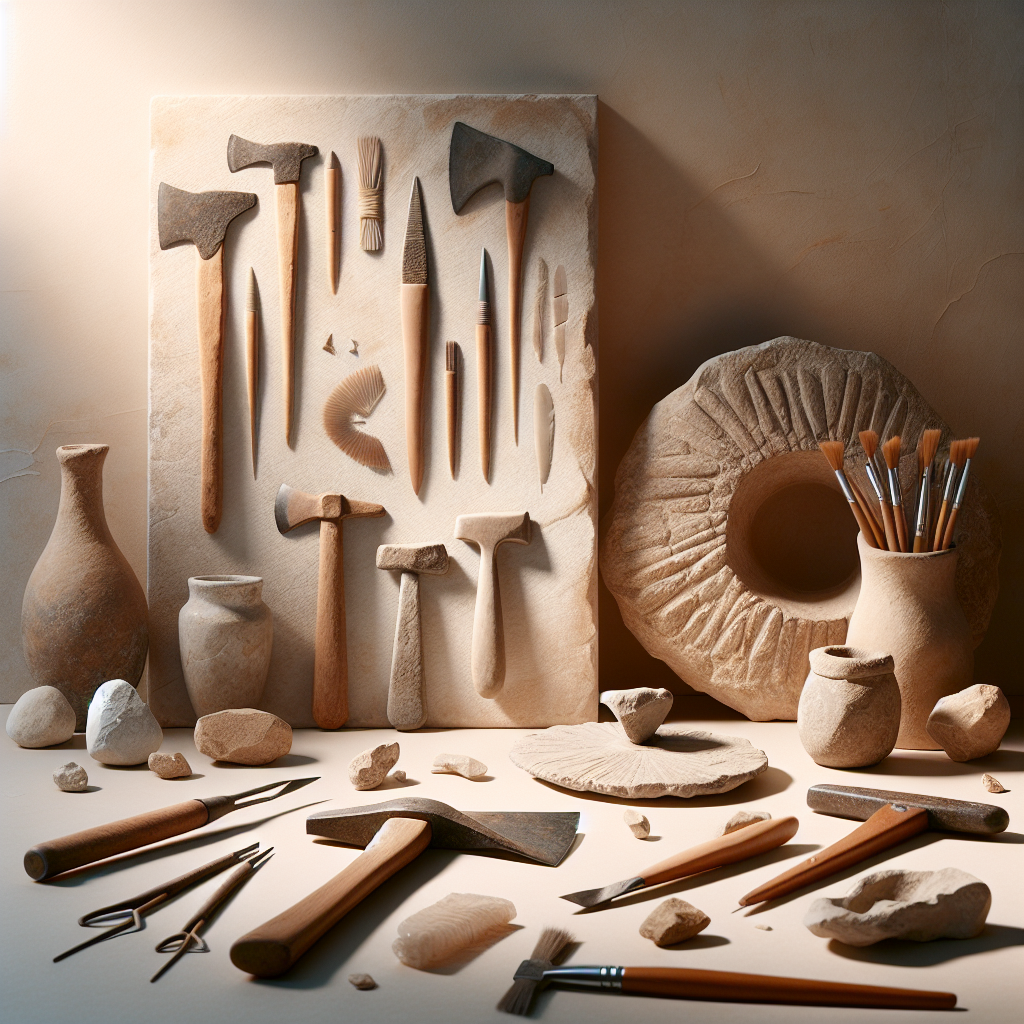Archaeologists Discover 3-Million-Year-Old Tools at 'Cradle of Humankind'

Ancient Discoveries at the 'Cradle of Humankind'
In a groundbreaking discovery, archaeologists have unearthed tools dating back 3 million years at a site heralded as the 'Cradle of Humankind'. This prehistoric discovery sheds light on the technological advancements of early hominins and significantly extends our understanding of ancient human evolution.
Revealing Technological Insights
The tools, which include hand axes and stone blades, were discovered in a region already famed for its rich archaeological deposits and historical significance. Researchers have long been drawn to this area to explore the evolutionary milestones that have led to modern humans.
Implications for Human Evolution
This discovery provides valuable insights into the cognitive and manual abilities of our early ancestors. The sophistication of these tools implies that our predecessors possessed significant problem-solving abilities and a complex understanding of tool-making far earlier than previously suspected. These findings open up new discussions regarding the timeline of cognitive evolution in the hominin lineage.
Propelling Further Research
The unearthing of these tools prompts a re-evaluation of existing theories about early hominin migration and adaptation strategies. The archaeological team, led by renowned paleoanthropologist Dr. Emily Havisham, plans to employ advanced dating techniques and comparative studies with other regional sites to create an updated narrative of early human history.
Cross-Disciplinary Collaborations
This significant discovery is expected to foster further collaboration between archaeologists, anthropologists, and geologists, aiming to re-chart the journey of human ancestry. The site continues to be a focal point for multi-disciplinary studies seeking to decode the early chapters of human evolution through its promising and extensive archaeological repository.
Interest from academic and scientific communities worldwide continues to grow, as findings from this site promise to fill crucial gaps in our understanding of prehistoric life and human origins. As research progresses, more revelations can be anticipated regarding the life and environment of our ancient ancestors.



Comments ()